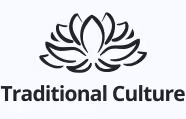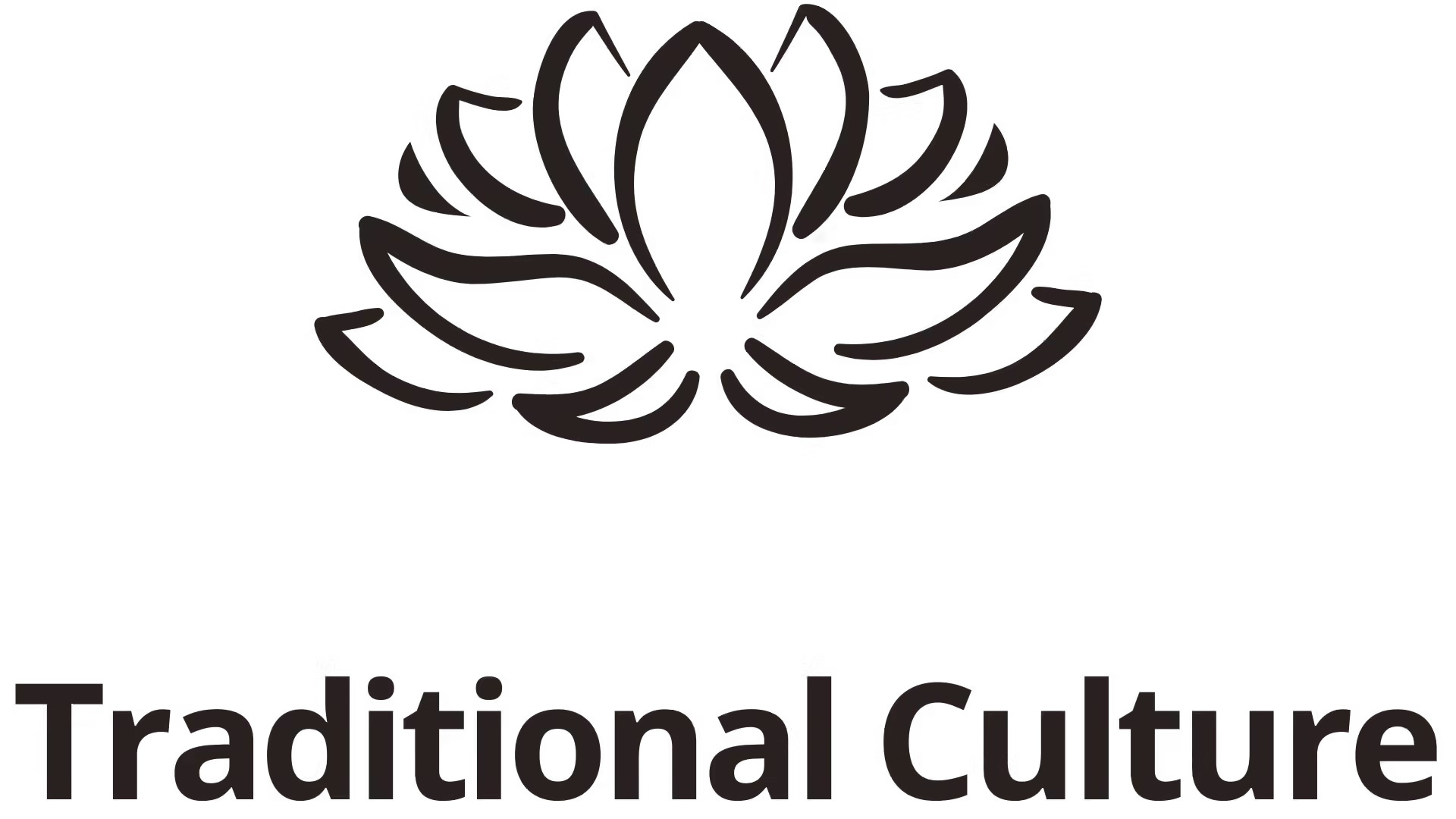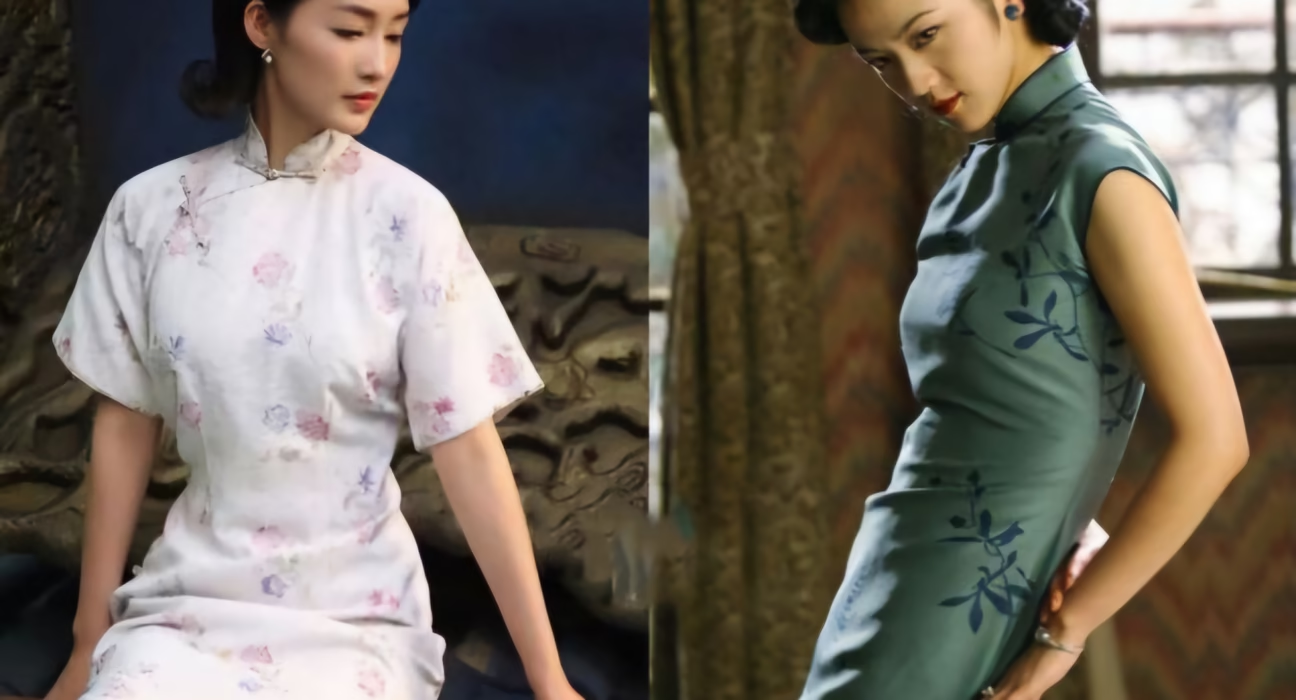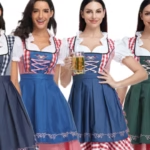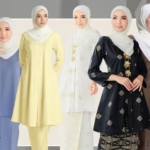Cheongsam/Qipao (China) is not merely a dress; it embodies the essence of Chinese femininity through a rich tapestry woven with cultural significance, history, and artistic expression. As we explore the intricate layers that make up this iconic garment, we unveil its evolution from a functional piece of clothing to a potent symbol of elegance and sophistication.
The Historical Significance of Cheongsam/Qipao
The journey of the Cheongsam/Qipao can be traced back to centuries ago when it first emerged as the attire of the Mandchus during the Qing Dynasty. It was initially designed for practicality but gradually evolved into a fashion statement that transcended time and geography.
Origins in the Qing Dynasty
During the Qing Dynasty, the Cheongsam was known as “Qipao” and was characterized by its straight cut and high collar. This style was distinct to the Manchu women, reflecting their unique cultural identity amidst the vast tapestry of Chinese society.
The early designs focused on functionality, allowing freedom of movement while maintaining dignity and decorum within the social norms of the time. The use of vibrant colors and intricate embroideries showcased the artistry and craftsmanship of local artisans, setting the stage for what was to become a revered garment.
Transition to Modernity

As China entered the 20th century, dramatic changes swept across the nation. The Cheongsam/Qipao underwent a transformation, adapting to modern aesthetics while retaining its traditional essence. Influenced by Western fashion trends, designers began experimenting with fabrics, cuts, and embellishments, leading to a more form-fitting silhouette that emphasized the female figure.
This shift mirrored the changing role of women in society, moving from the confines of domestic life to more active participation in public spheres. The fabric choices became increasingly luxurious, with silk and satin dominating the scene, enhancing the allure of this garment.
Globalization and Cross-Cultural Influence
The globalization of fashion in the late 20th century brought the Cheongsam/Qipao to international attention. Designers worldwide began incorporating elements of this elegant dress into their collections, celebrating its beauty while introducing it to new audiences.
Fashion icons and celebrities have donned the Cheongsam/Qipao at prominent events, such as red carpet appearances, further cementing its status as a symbol of sophistication and grace. As the world grows smaller, the Cheongsam/Qipao continues to evolve, merging traditional craftsmanship with contemporary design trends.
The Design Elements of Cheongsam/Qipao

Delving into the Cheongsam/Qipao reveals a plethora of design elements, each contributing to its unique character. From fabric choices to structural components, the artistry involved in creating a Cheongsam/Qipao is nothing short of remarkable.
Fabric and Texture
The choice of fabric plays a pivotal role in defining the Cheongsam/Qipao’s aesthetic appeal. Traditionally made from silk, this garment exudes luxury and comfort.
Silk’s natural sheen enhances the intricate patterns and embroidery, adding depth and richness to the attire. In recent decades, other materials like cotton and polyester blends have emerged, catering to modern preferences while retaining the garment’s traditional essence. Each type of fabric offers a different drape and texture, allowing wearers to express their individuality.
Cuts and Silhouettes
The cut of the Cheongsam/Qipao has evolved significantly over time. The classic style features high collars, side slits, and an hourglass shape that accentuates the waistline.
Modern interpretations may experiment with asymmetrical hemlines and varied necklines, providing a contemporary twist while respecting heritage. This adaptability ensures that the Cheongsam/Qipao remains relevant in today’s fast-paced fashion landscape, appealing to a diverse array of women.
Knotted Button Closures
The cheongsam’s knotted buttons and loops have remained a fundamental design feature, created using a traditional knotting craft that dates back thousands of years. Made from silk or brocade, these knotted buttons are crafted into simple shapes as well as intricate designs featuring floral, animal, and auspicious motifs, and are matched to the dress fabric and braided trim.
These knots line the mandarin collar and diagonal front opening, originally serving as the primary fasteners before back zippers became common. Today they function principally as ornamental accents, with each knot’s form symbolizing themes like love, longevity, and the pursuit of beauty, ensuring the cheongsam remains both elegant and culturally resonant.
Color Symbolism
Colors hold significant meaning in Chinese culture, and the Cheongsam/Qipao provides an ideal canvas for expressing these values. Traditional colors like red and gold symbolize happiness and wealth, while softer hues such as pastels convey elegance and refinement.
In contrast, modern interpretations may embrace bolder colors and unexpected combinations, allowing wearers to make personal statements. By selecting specific colors, individuals can communicate their emotions, aspirations, and cultural identities through their choice of attire.
The Social and Cultural Impact of Cheongsam/Qipao

The Cheongsam/Qipao has transcended mere fashion to become an emblem of social change and cultural identity. Its impact resonates deeply within Chinese society and beyond, influencing perceptions of femininity, tradition, and art.
Feminine Identity and Empowerment
Throughout history, the Cheongsam/Qipao has served as a powerful vehicle for women’s empowerment. The transition from loose-fitting garments to form-fitting designs reflects the evolving image of women in society—from passive observers to confident participants.
Wearing a Cheongsam/Qipao allows women to embrace their femininity while asserting their independence. This duality highlights the complexity of the female experience, where tradition and modernity coexist harmoniously.
Cultural Heritage and National Pride
For many, the Cheongsam/Qipao symbolizes national pride and a connection to cultural heritage. Wearing this garment evokes a sense of belonging and appreciation for Chinese traditions, allowing individuals to celebrate their roots while navigating a rapidly changing world.
Cultural events and festivals often showcase the Cheongsam/Qipao, serving as reminders of the importance of preserving and honoring one’s heritage. Through collective celebration, the garment reinforces cultural bonds and fosters a sense of unity among diverse communities.
Artistic Expression
The artistry embedded in the Cheongsam/Qipao extends beyond fashion to encompass various forms of creative expression. Designers and artisans invest countless hours in perfecting their crafts, utilizing techniques passed down through generations.
Exhibitions and fashion shows highlighting the Cheongsam/Qipao allow for exploration and dialogue around themes of identity, culture, and innovation. This intersection of fashion and art serves as an avenue for reflection and discussion, encouraging deeper understanding of societal issues and challenges.
Global Perception and Adaptation
As the Cheongsam/Qipao gains recognition on the global stage, its perception continues to evolve. International designers often draw inspiration from its rich symbolism, incorporating elements into their own collections—fostering cross-cultural dialogue and collaboration.
This adaptation speaks to the resilience of the Cheongsam/Qipao, ensuring its relevance in an interconnected world. Its ability to transcend cultural boundaries allows it to remain a symbol of beauty and strength, regardless of geographical context.
The Future of Cheongsam/Qipao in Contemporary Fashion
As the world embraces sustainability and innovation, the future of the Cheongsam/Qipao appears promising. With a renewed focus on thoughtful consumption and ethical practices, the Cheongsam/Qipao stands at the forefront of a fashion revolution.
Sustainable Practices and Ethical Fashion
The global shift towards sustainability has prompted designers to reevaluate their practices. The Cheongsam/Qipao, traditionally crafted from natural fibers, aligns seamlessly with eco-friendly initiatives.
Designers are increasingly exploring sustainable fabric options, such as organic cotton or recycled materials, while maintaining traditional craftsmanship. This commitment to ethical fashion not only preserves the integrity of the Cheongsam/Qipao but also contributes to a more conscious consumer culture.
Innovation in Design
Embracing technology and innovation opens exciting possibilities for the Cheongsam/Qipao. Designers are experimenting with 3D printing, virtual reality fitting rooms, and other technological advancements, resulting in unique interpretations of this beloved garment.
These innovations create opportunities for customization and personalization, allowing individuals to connect with the Cheongsam/Qipao on a deeper level. The marriage of tradition and technology ultimately enriches the narrative surrounding the garment, making it more accessible and relevant to younger generations.
Fusion with Contemporary Trends
Modern fashion is characterized by a blend of styles and influences. As the Cheongsam/Qipao continues to evolve, designers are integrating contemporary elements such as streetwear, minimalist aesthetics, and avant-garde silhouettes.
This fusion encourages wearers to reinterpret the Cheongsam/Qipao in ways that resonate with their personal style, enabling self-expression and creativity. By embracing versatility, the Cheongsam/Qipao secures its position as a timeless classic that adapts to the ever-changing fashion landscape.
Cultural Exchange and Global Influence
The future of the Cheongsam/Qipao also hinges upon its global impact. As cultures collide and intermingle, the garment will continue to influence fashion worldwide, sparking conversations about identity, heritage, and tradition.
Collaborations between international designers and Chinese artisans offer opportunities for cross-pollination of ideas and aesthetics, enriching both parties and expanding the garment’s reach. The Cheongsam/Qipao becomes a canvas for celebrating diversity and fostering understanding in an increasingly interconnected world.
Conclusion

The Cheongsam/Qipao stands as a testament to the enduring power of tradition and the transformative nature of fashion. As we navigate through its rich history, intricate designs, and socio-cultural significance, we uncover the layers that make it a beloved garment for women around the world.
In the face of modernity, the Cheongsam/Qipao exemplifies resilience and adaptability, forging connections between the past and present. Its evolution serves not only as a reminder of cultural heritage but also as a beacon of empowerment for women. With its potential for innovation and sustainability, the Cheongsam/Qipao emerges as a symbol of hope, creativity, and unity in the diverse tapestry of global fashion. Through the lens of the Cheongsam/Qipao, we can appreciate the beauty of tradition while embracing the promise of the future.
✉️ Stay Connected — Subscribe for Weekly Updates
Discover timeless stories, practical wisdom, and beautiful culture — delivered straight to your inbox.
*We only share valuable insights — no spam, ever.

